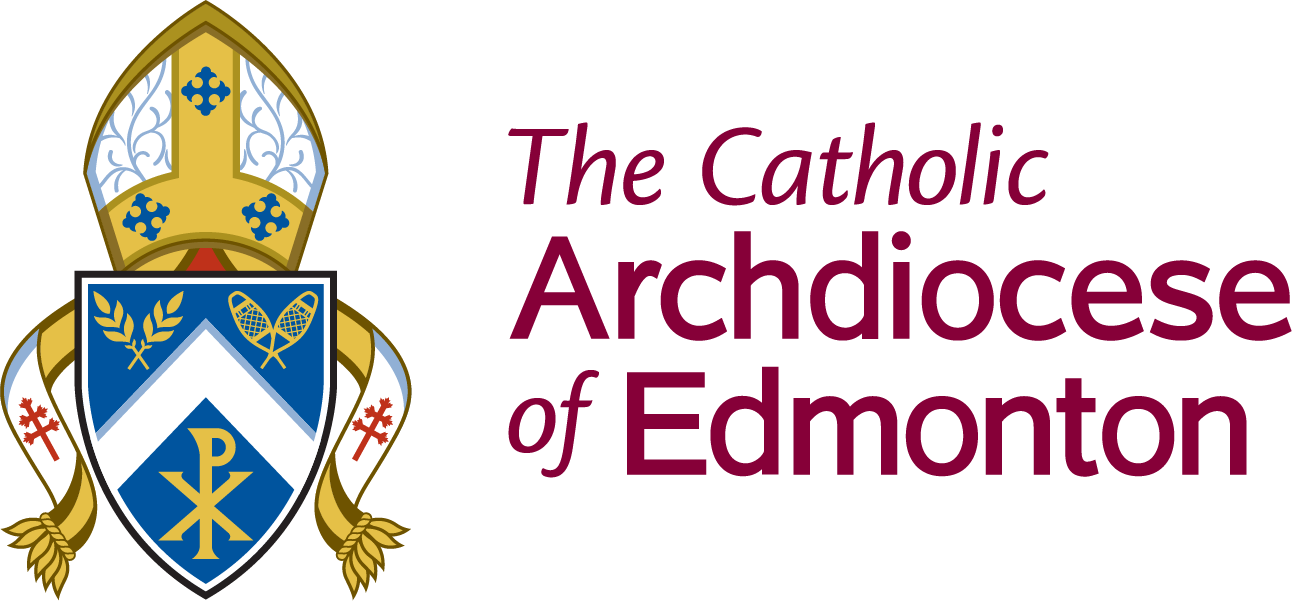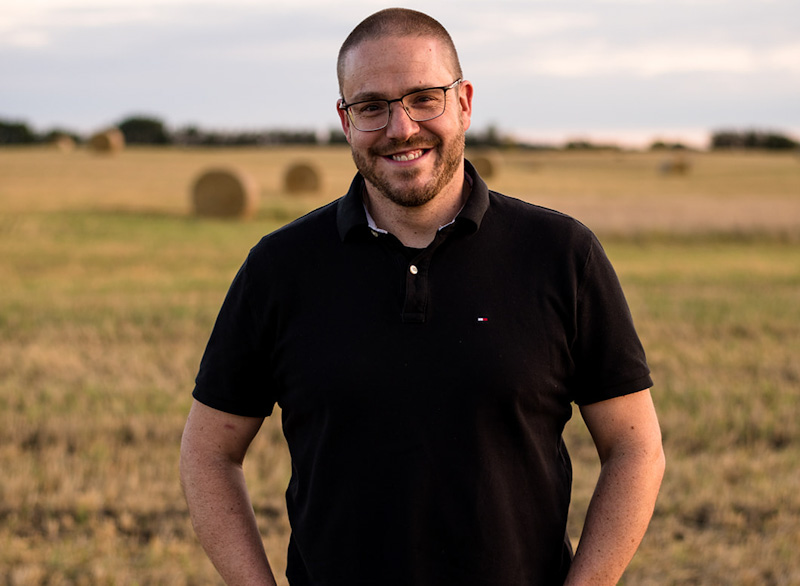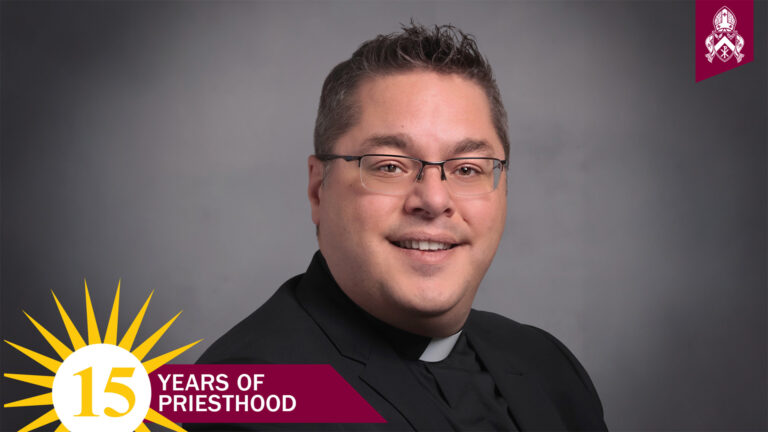With so much noise and so many voices competing for our attention, we need to be aware of who and what we pay attention to. It was with this in mind that a few years ago, Archbishop Richard Smith wrote:
\”I often pose the question, “Who are you listening to?” So often, in fact, that for many people I am sounding like a broken record.
Yet we have to ask this, because the voices competing for our attention and seeking to influence our mindset are many. Just think of the variety of messages with which we are bombarded daily through the Internet, television, radio, social media, newspapers, magazines at the checkout counter, etc., etc.\”
In all the ways this statement is true for us as adults, I would argue it’s even more applicable to our kids. Since young people have more disposable income than their parents, marketing has long prioritized tweens and teens with advertisements directed specifically at them. This says nothing of the impact that comes from the content in the songs they listen to, the books they read, and the shows they watch – all voices seeking to influence the mindsets of impressionable minds that are not yet fully developed. Those voices are readily available via the devices our kids are on so often, from phones to gaming to streaming services, and many of us aren’t as aware of who it is our kids are listening to as we should be.
The unprecedented nature of the past three years has amplified these voices in the lives of our young people. The initial wave of Covid-19 closed nearly everything they would normally do. Schools shifted from in-person to online learning, sports seasons were canceled, and the stores in which they work were closed. Their experience of the Church was also dramatically altered. Public Masses were suspended, youth programming canceled, and most of the pastoral staff who work with young people were laid off.
But where so much went silent, there were many other voices ready to fill that void, including:
- Television and streaming. It was widely reported that watching TV and online streaming increased by almost a third during those initial restrictions.
- YouTube. The popular online video service saw the greatest increase of any social media network, and our young people have been eating up whatever they might come across on YouTube as they can spend hours every day (and night) watching anything and everything on YouTube, Snapchat, Instagram, TikTok, and numerous other sites.
- Video games. Gaming provided youth a way to spend time, and some companies capitalized on this. For example Sony’s “Play at Home” initiative, which provided free games for people during Covid-19 restrictions saw more than 60 million downloads.
- Explicit content. Pornhub chose to offer free premium subscriptions during the height of restrictions, and later reported an 18.5-per-cent increase in traffic during the first month of Covid versus the year prior.
As families and as a Church, we were concerned about the impact of screens on our kids’ development long before we ever heard of Covid-19. We wondered what effect placing a device in our kids’ pockets that allows access to anything and everything our world has to offer would have on their development.
The past two and a half years has offered us an accelerated answer to those questions. We’re starting to see the impacts of both the silence and the noise in young people would rather look down at a screen than up at the world around them, who struggle with basic social skills and habits, and who are trying to fill the Jesus’ place in their lives with something – anything – else.
We might see in this situation a sort of modern-day retelling of the story of St. Augustine. Augustine famously sought fulfilment in everything except for faith: wealth, knowledge, pleasure, and so on, but found it empty. This experience inspired what may be St. Augustine’s most famous words: “…you have made us and drawn us to yourself, and our heart is restless until it rests in you.”
Fr. Thomas Dubay describes this sense of restlessness as an ache: “We ache because we are not full… Either we have God who does fill or we are endlessly pursuing things which do not.\”
When Pope St. John Paul II was at World Youth Day in Toronto, he presented the answer to the ache or restlessness every one of us experiences: “People are made for happiness. Rightly, then, you thirst for happiness. Christ has the answer to this desire of yours. But he asks you to trust him. True joy is a victory, something which cannot be obtained without a long and difficult struggle. Christ holds the secret of this victory.”
Many of you who are reading this article would agree that whether we describe it as a thirst, and ache, or a restlessness, what’s clear is that our young people are searching for something more in their lives. And while many voices promise them true joy, it is in fact Jesus who answers their needs and holds the secret to their victory. We know this, but how do we get them to hear that answer for themselves?
We need to remember that St. Augustine’s conversion didn’t happen in a vacuum. His mother, St. Monica, prayed fervently for his change of heart. St. Ambrose, the Bishop of Milan, is remembered as the teacher who converted and baptized Augustine. We need to be like St. Monica and always pray that the hearts of our youth would be open to hear the voice of God. We also need to pray that our young people will hear clear voices amid the noise, like St. Ambrose and St. John Paul II, who are willing to present Jesus as the answer to their search for meaning -and who are willing to accompany them along the way.
Mike Landry is chaplain to Evergreen Catholic Schools west of Edmonton, and serves as an occasional guest speaker and music minister in communities across Western Canada. Mike and his wife Jennifer live in Stony Plain, Alta. with their five children.




